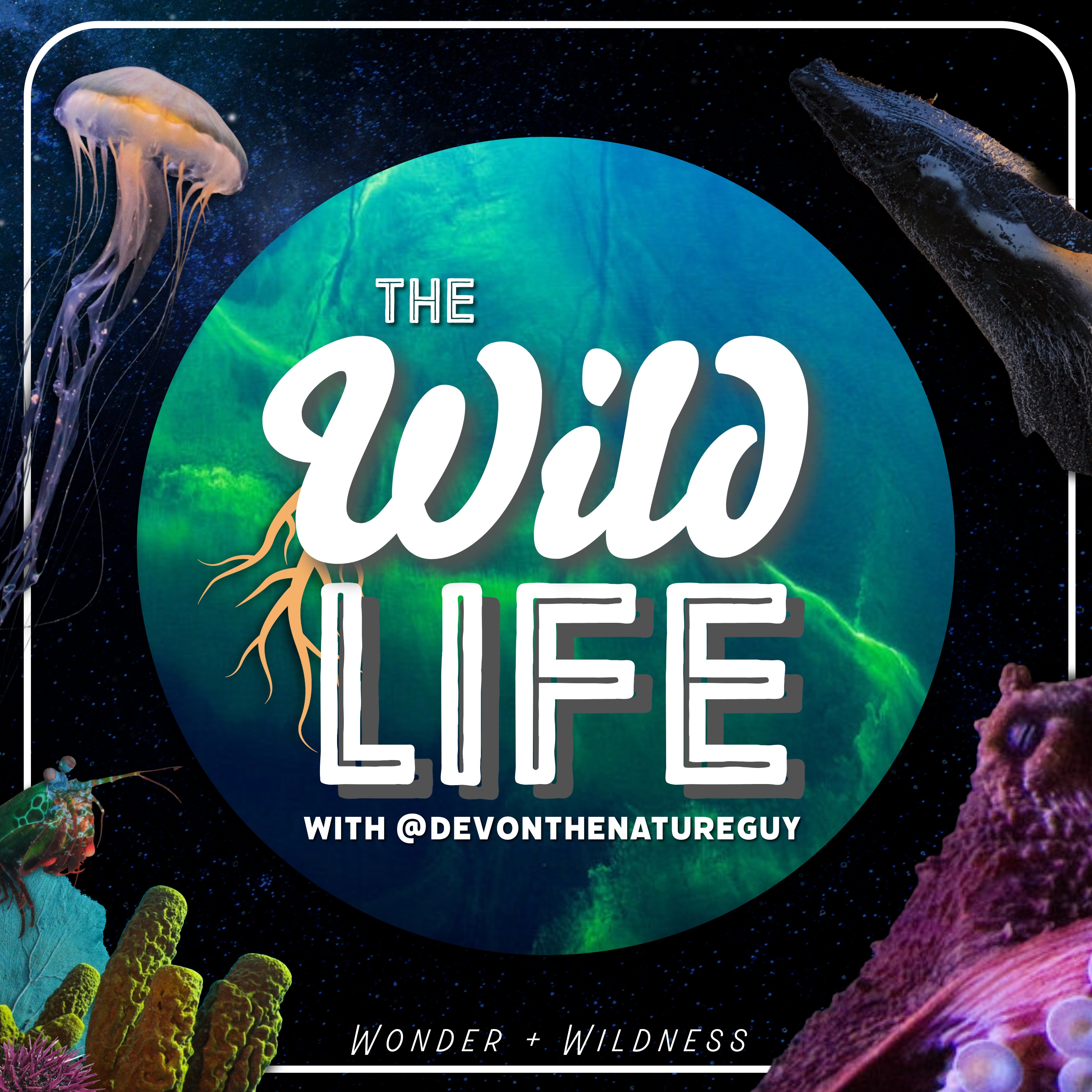full
Horseshoe Crabs with Dr Daniel Sasson
They look like some sort of illustration in a mid-90’s kids book about prehistoric animals, which, if you’re familiar, is a really specific aesthetic that deserves some sort of a revival.
Maybe you’re familiar with the Pokemon called Kabuto. I have to admit, my wife got me a classic Gameboy Color for Christmas, exactly like the one I had when I was a kid, and I’ve put close to 20 hours into Pokemon Gold over the past 4 weeks.
Anyway, the point is that they look like, like many things from the sea, otherworldly, ancient, relics of a bygone era, even straight made up for an animated children’s television and game series that somehow manages to rely on its characters training animals to fight each other as a universe building plot point which is, I mean, problematic, right? I don’t know.
They somehow manage to simultaneously embody the moniker of horseshoe while also looking nothing alike other than a U-ish similarity, just as much as their sight immediately calls to mind a crab while not being one in the slightest. I’m talking about, of course, the horseshoe crab. That’s today’s topic. Horseshoe crabs. Their history, their very nature, and their relationships…to each other, other species, us, and even our health.
Today’s special guest, Dr Daniel Sasson (@Daniel_A_Sasson)
He’s a behavioral ecologist primarily interested in studying the evolution of reproductive behaviors. He did his PhD at Florida working with Horseshoe crabs and now conducts research on them at the South Carolina Department of Natural Resources, and as you’d expect, he’s pretty mch always loved science
Learn More about The Horseshoe Crab


